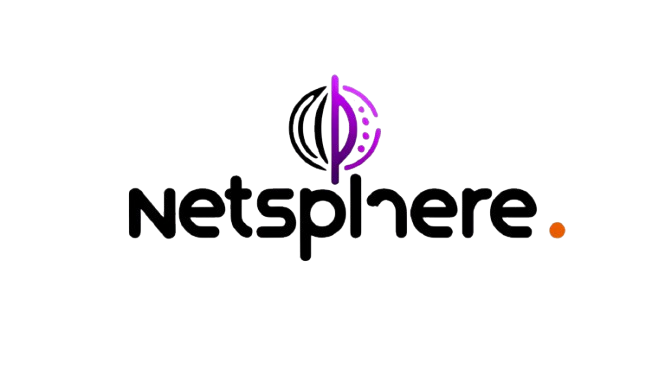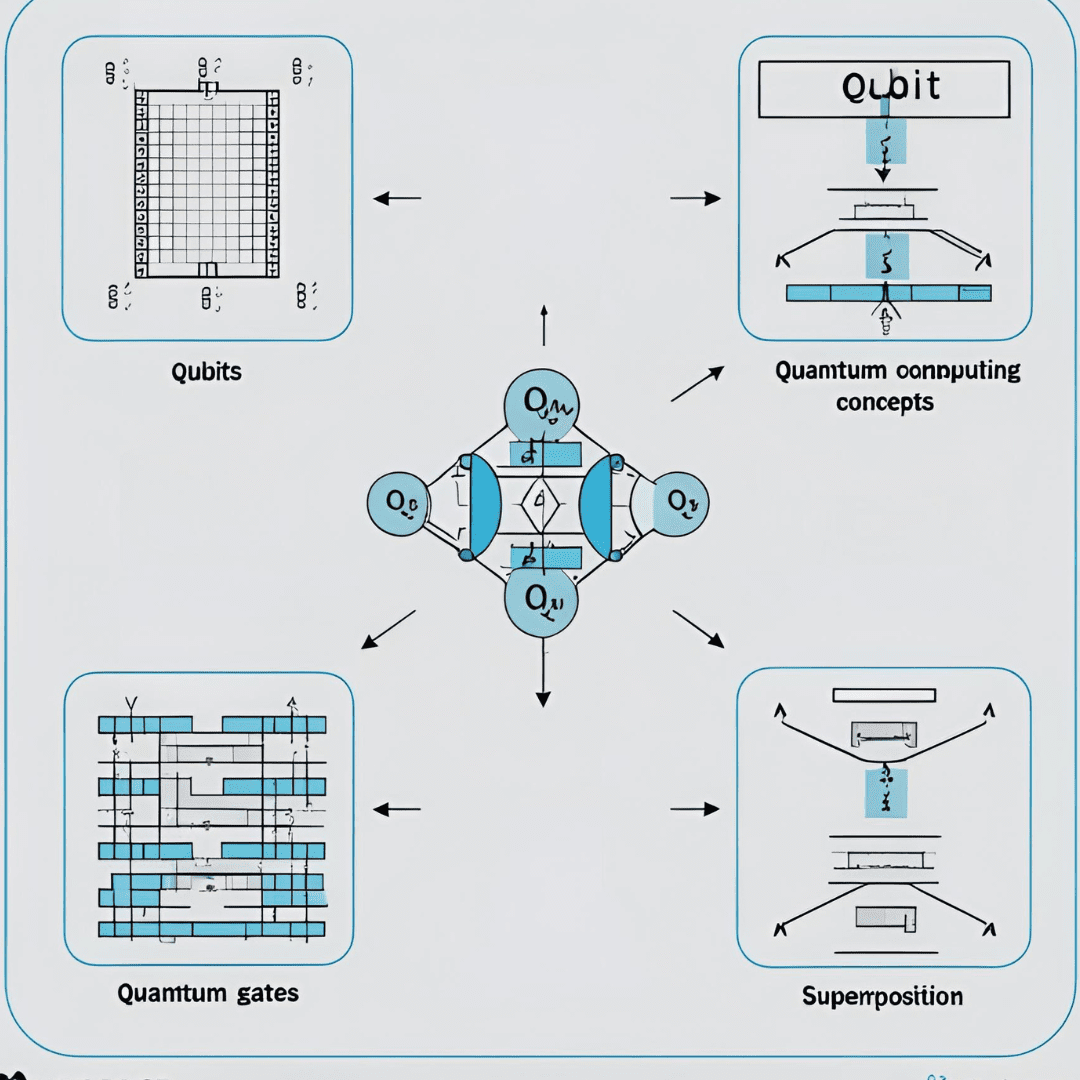Quantum computing might seem like a distant and complicated topic, but did you know that you can understand the concept of a qubit in a simple and even fun way? Let’s explore this concept with everyday analogies, such as coins, light, and music, to make the explanation clearer and more visual. Ready to understand one of the key components of quantum computing in a very accessible way?
The Qubit: What Is It Really?
Let’s start from the beginning. In a regular computer, information is stored in bits. These bits are like little switches that can either be on (1) or off (0). They form the foundation for all the calculations and operations performed by your computer or smartphone.
Now, in a quantum computer, things change! Instead of using bits, we use qubits. And the big twist with qubits is that they are not limited to two states. They can be in a mix of multiple states at the same time! This happens because of a property in quantum physics called superposition.
But how does this work in practice? Let’s use some everyday analogies to explain.
Qubit and the Spinning Coin
Imagine you have a coin in your hands and you’re about to flip it. While it’s in the air, you don’t know if it’s going to land on heads or tails, right? It’s actually in a state of uncertainty, spinning between the two possible outcomes.
This is one way to think of a qubit! Just like the spinning coin, the qubit can be in both states (0 and 1) at the same time until you measure it. In other words, it’s in a “superposition” of possibilities. When you look at it, the coin lands and picks a side (or the qubit picks between 0 or 1). Pretty amazing, right?
Qubit and Light: Where Everything is Moving
Another way to understand a qubit is by thinking of light. If you’ve ever used an RGB light remote control (the ones that change colors), you know that you can choose from multiple colors. Each color represents a different combination of red, green, and blue lights.
Now, imagine that the light in a qubit isn’t fixed. It’s not just one specific color, like red or blue. Instead, the light in the qubit can be a mix of all colors at once. It only “decides” which color to show when you observe it.
This phenomenon of blending colors is similar to how the qubit works in superposition. It’s not fixed in one state—it can be in multiple states simultaneously, until you “look” and measure it, at which point it “chooses” a single state. The light here is the metaphor for the flexibility and multiple possibilities that qubits can have at the same time.
Qubit and Music: Harmonious Notes
Another interesting analogy is music. Imagine you’re listening to a melody, and at the same time, several notes are playing harmoniously. You can hear a complex song where multiple notes coexist, creating the feeling of many sounds playing together.
This is somewhat similar to how a qubit behaves in superposition. Instead of playing just one note (like a regular bit), the qubit can “play” several notes at the same time, creating a unique harmony of possibilities. Only when you “listen” (or measure), does the qubit choose a single note to play. This overlapping of notes represents the ability of the qubit to explore different states simultaneously.
How Do Qubits Change the Computing Game?
Now that we understand what a qubit is in a more accessible way, it’s important to know why this is so revolutionary. Qubits allow quantum computers to perform calculations that are incredibly fast and powerful. Since they can represent multiple possibilities at the same time, they can solve problems much faster than regular computers.
For example, in tasks such as route optimization, molecular simulation, or code decryption, quantum computers can explore all possibilities at once, finding solutions more efficiently than classical computers, which only analyze one possibility at a time.
Summary: The Qubit in One Picture
To summarize: a qubit is like a spinning coin, light mixing different colors, or music playing several notes at once. It can represent multiple possibilities simultaneously until you measure it and it “chooses” a state. That’s what makes quantum computing so powerful and promising for the future.









